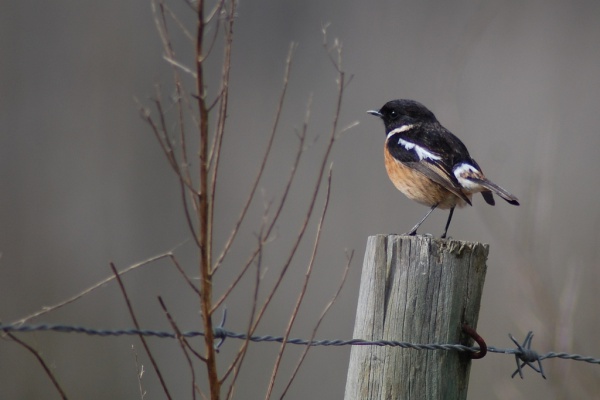Facts About Saxicola
Meet the Stonechats: The Saxicola Genus
The Saxicola genus, commonly known as stonechats or simply chats, encompasses 15 small passerine bird species native to the Old World. These insectivorous birds primarily feed on insects and thrive in open scrublands and grasslands adorned with small shrubs.
First described by Johann Matthäus Bechstein in 1802, the European stonechat serves as the type species for the genus. The name Saxicola is derived from Latin, translating to "stone dweller" aptly reflecting their preferred habitats.
Originally classified within the thrush family, Turdidae, these birds have been reclassified into the Old World flycatcher family, Muscicapidae, due to genetic and behavioral studies. These studies have also led to the identification of several new species within the genus. For instance, what was once considered a single species, the common stonechat (Saxicola torquatus), has now been divided into five distinct species: African, Madagascan, European, Siberian, and Stejneger's stonechats.
The fossil record reveals several extinct species of Saxicola, including Saxicola lambrechti, Saxicola baranensis, Saxicola parva, and Saxicola magna. These species date back to the Late Miocene and Pliocene epochs and have been discovered in present-day Hungary.
Saxicola birds are not only diverse but also exhibit unique adaptations and behaviors, making them a captivating subject for researchers and bird enthusiasts alike.

 Ireland
Ireland